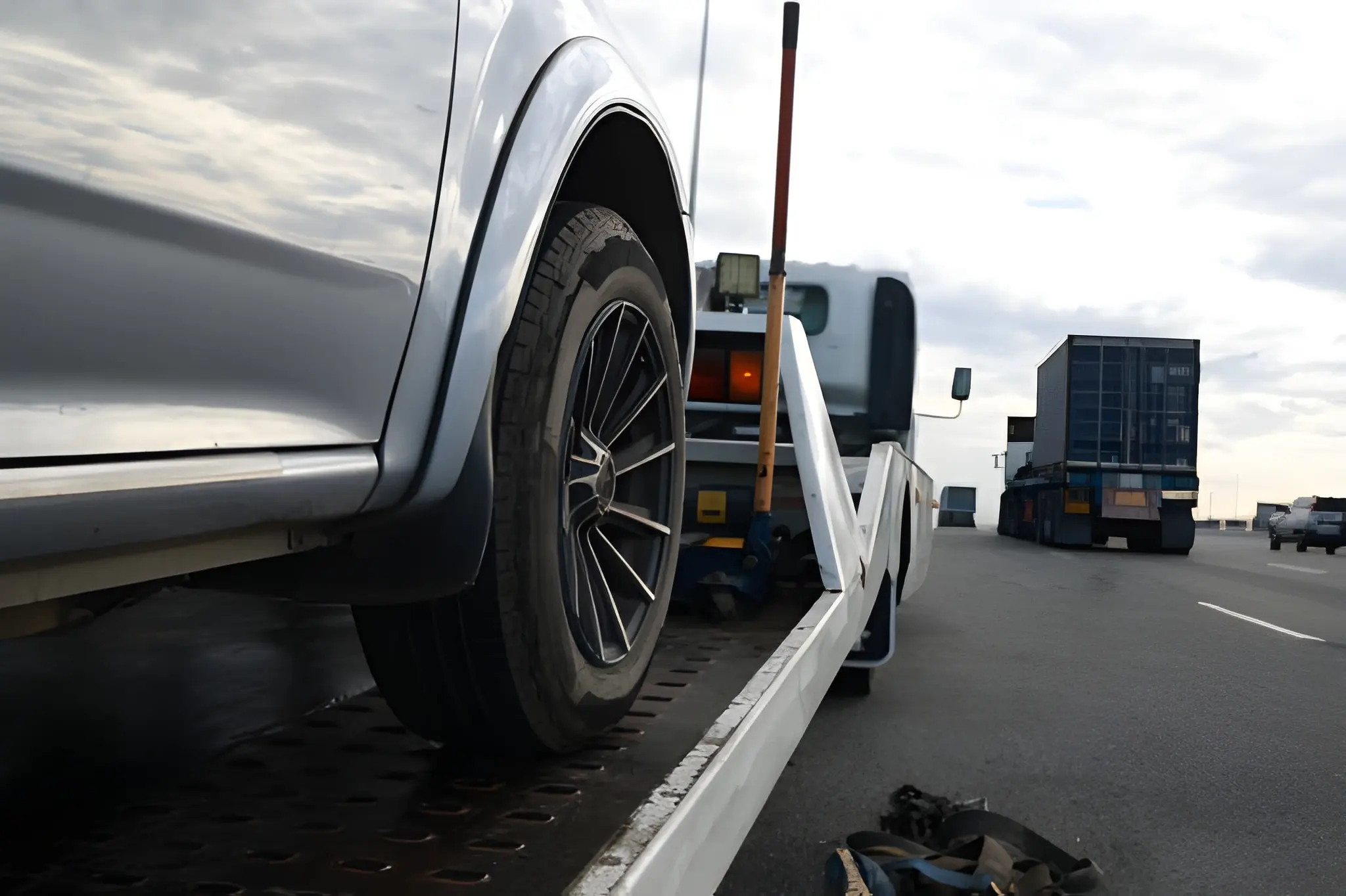Introduction
Car accidents can instantly disrupt the flow of a typical day, transforming ordinary moments into events filled with confusion, anxiety, and in some cases, crisis. Victims often find themselves grappling with shock, a range of physical injuries, and an overwhelming sense of uncertainty about what steps to take next. While much attention is commonly devoted to securing prompt medical care and managing the immediate aftermath, another critical—yet sometimes overlooked—aspect is the rapid recovery of vehicles involved in the crash. Fast and organized vehicle recovery assists law enforcement and emergency personnel by clearing the scene for further investigation and medical intervention. Additionally, it significantly reduces hazards for other motorists by swiftly removing obstructions from the roadway. For those who feel lost in the confusion after a wreck, connecting with experienced car accident attorneys can provide clarity and support, especially when navigating complex insurance claims or potential legal challenges.
Quick vehicle recovery holds more importance than many realize. This essential process contributes to public safety and the efficient management of the accident site. Efficient recovery operations reduce the risk of secondary collisions caused by distracted or panicked drivers and help minimize long and frustrating traffic delays for everyone affected. Moreover, this process is vital in preserving crucial evidence at the accident scene. The combination of safety, efficiency, and evidence protection makes rapid vehicle recovery an integral element of effective post-accident management.
Ensuring Safety Through Prompt Recovery
When a vehicle disabled by an accident remains on a busy roadway, it becomes a potential danger to every approaching driver. The lingering presence of wrecked or immobilized vehicles can confuse traffic, block sightlines, and even encourage risky maneuvers as other motorists attempt to swerve or brake suddenly to avoid the obstruction. Timely removal reduces the risk of chain-reaction collisions, particularly in areas of high speed or reduced visibility due to night, fog, or heavy rain. Authorities like the National Highway Traffic Safety Administration (NHTSA) underscore the urgency of swift action after collisions for public protection. In states such as Arizona, Crash Responder Safety Week raises awareness by focusing on how rapid vehicle recovery keeps motorists and emergency responders safe. The quicker debris and wrecked cars are cleared away, the less chance there is for additional harm or complications at the scene.
Minimizing Traffic Disruptions
Accidents on major routes, such as highways and arterial streets, can quickly snowball into traffic nightmares. Unexpected lane closures and blockages often lead to miles-long backups, increased stress, and schedule interruptions for thousands of commuters. The faster a disabled vehicle or debris is removed, the sooner normal traffic can resume. This is especially crucial during rush hours or holidays, when every minute of delay multiplies frustration and logistical challenges for delivery services, emergency personnel, and essential workers trying to reach their destinations. In urban areas such as Northampton—where streets are narrow and traffic dense—quick recovery by professional tow operators can mean the difference between a short disruption and hours of chaos.
Preventing Further Vehicle Damage
Once the initial trauma of an accident subsides, a stranded vehicle remains at risk from a host of new threats. If left vulnerable by the roadside or wedged in hazardous spots, it can sustain more damage due to adverse weather conditions—including rain, hail, or severe heat. Passing vehicles may inadvertently brush against or collide with the wreck, causing additional harm that complicates repairs and insurance claims. The risk of theft or vandalism increases every minute a vehicle is left unattended. Rapid recovery ensures the vehicle is quickly transported to a secure facility, reducing the likelihood of escalating damage or loss. Furthermore, by minimizing exposure, owners may ultimately face fewer disputes with insurers over what damages resulted from the initial accident versus subsequent events.
Facilitating Accurate Accident Documentation
Law enforcement officials and insurance investigators rely heavily on the accuracy and freshness of information collected from accident scenes. Time is of the essence, as the physical evidence, positioning of vehicles, and location of debris may change with each passing minute due to traffic, weather, or even well-meaning bystanders trying to help. Rapid vehicle recovery allows authorities to map out the scene, photograph relevant details, and document important aspects, such as fluid spills and skid marks, before they are obscured. Properly documented scenes are crucial in determining who was at fault, the sequence of events, and the extent of individual damages. For victims navigating the aftermath of a crash, this clear and timely documentation is often vital for successfully resolving insurance claims, securing just settlements, and ensuring an accurate record for future legal proceedings. Detailed scene preservation benefits everyone involved—from drivers and passengers to police and attorneys.
Enhancing Emergency Response Efficiency
During serious incidents, every second is precious. Delayed access due to blocked lanes or wreckage can hinder medical professionals and rescue teams in their mission to help the injured. Immediately removing vehicles from travel lanes and intersections is essential for giving ambulances, fire trucks, and police cars the space they need to do their work quickly and safely. Fast, professional recovery not only speeds up the reopening of traffic lanes but also helps emergency teams manage the broader scene more efficiently by eliminating unnecessary obstacles. In critical moments, streamlined recovery can spell the difference between life and death for those needing urgent care, ensuring that the site remains as safe as possible for all responders.
Leveraging Technology for Faster Recovery
Advancements in technology have begun to revolutionize how vehicle recovery is handled. Most modern recovery teams employ GPS tracking systems, which allow them to locate disabled vehicles quickly and plan arrival routes using real-time traffic data. Mobile communication tools mean dispatchers and field operators can coordinate instantly and adapt to changes at the scene, reducing the possibility of delays or confusion. Increasingly, drones are used to capture aerial footage, providing first responders with comprehensive views that would otherwise be impossible from ground level—helping them choose the safest, most effective approach for recovering vehicles. Moreover, the integration of artificial intelligence and advanced imaging technologies, as detailed by The Verge, allows insurance claims and accident assessments to proceed more smoothly, shortening the time frames for both victims and authorities. These high-tech improvements continue transforming the recovery process, making it faster, safer, and more transparent than ever.
Final Thoughts
Quick vehicle recovery is an essential component of effective post-accident response, though sometimes underestimated. By making roads safer, reducing extended hazards, and restoring order to disrupted traffic, these rapid efforts help protect both individuals and communities. Embracing new technologies and best practices, while also seeking the assistance of skilled professionals and legal experts as necessary, ensures that everyone involved in an accident can move forward more quickly and securely. From securing the accident site to supporting successful insurance and legal outcomes, the benefits of efficient vehicle recovery are far-reaching and invaluable in our complex, fast-paced world.
Also Read-Concrete Flatwork: Trends, Techniques, and Sustainable Solutions










